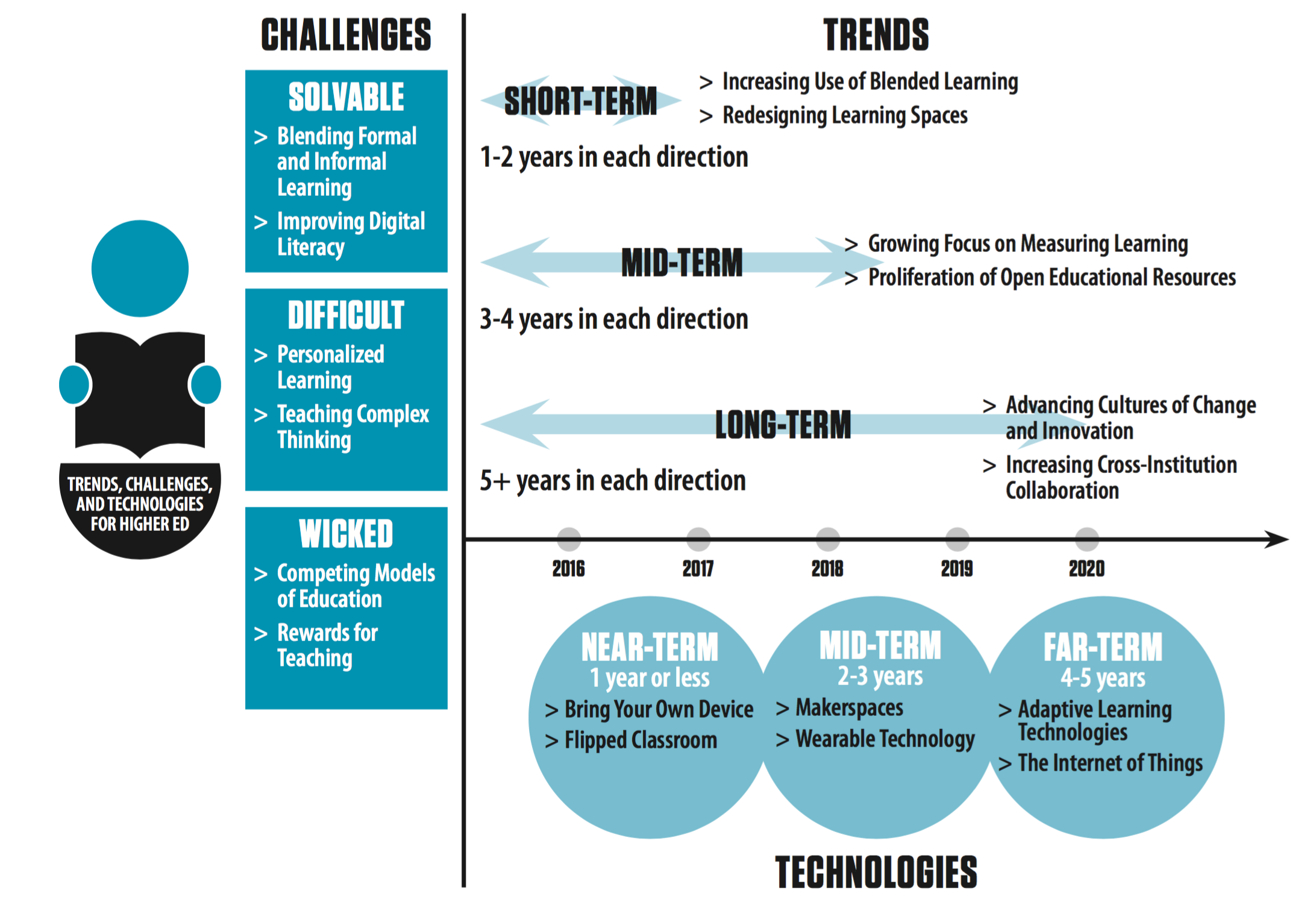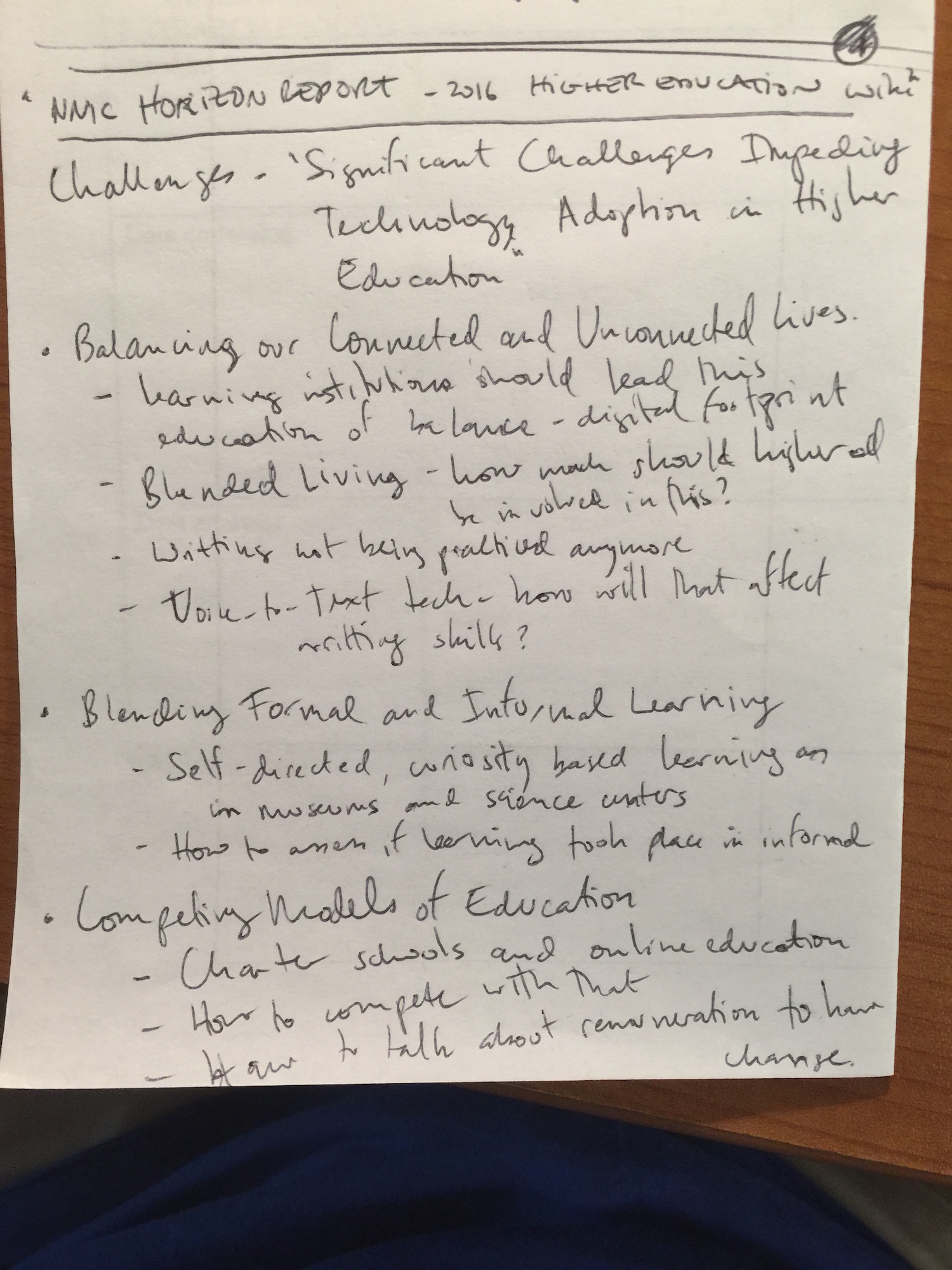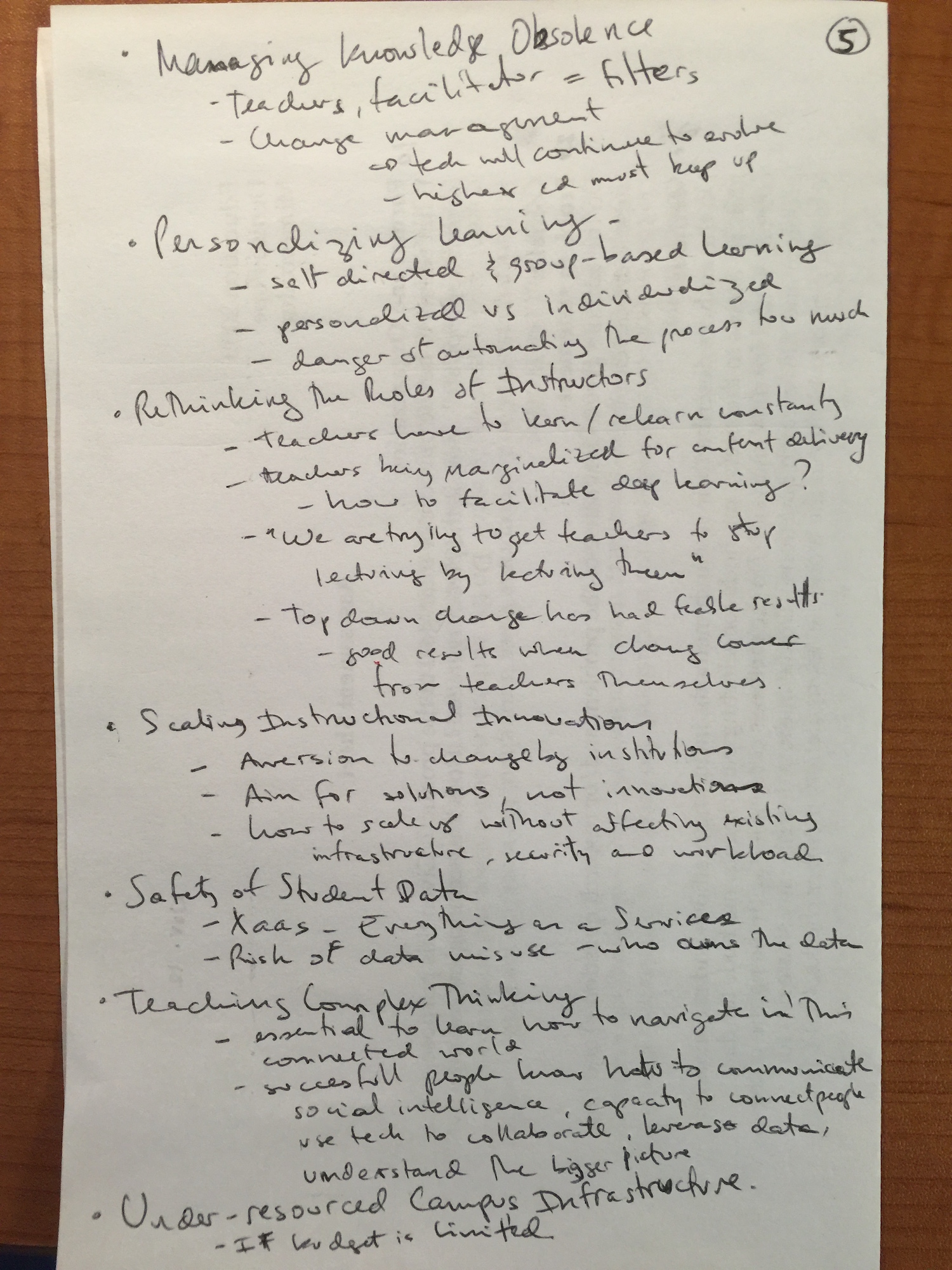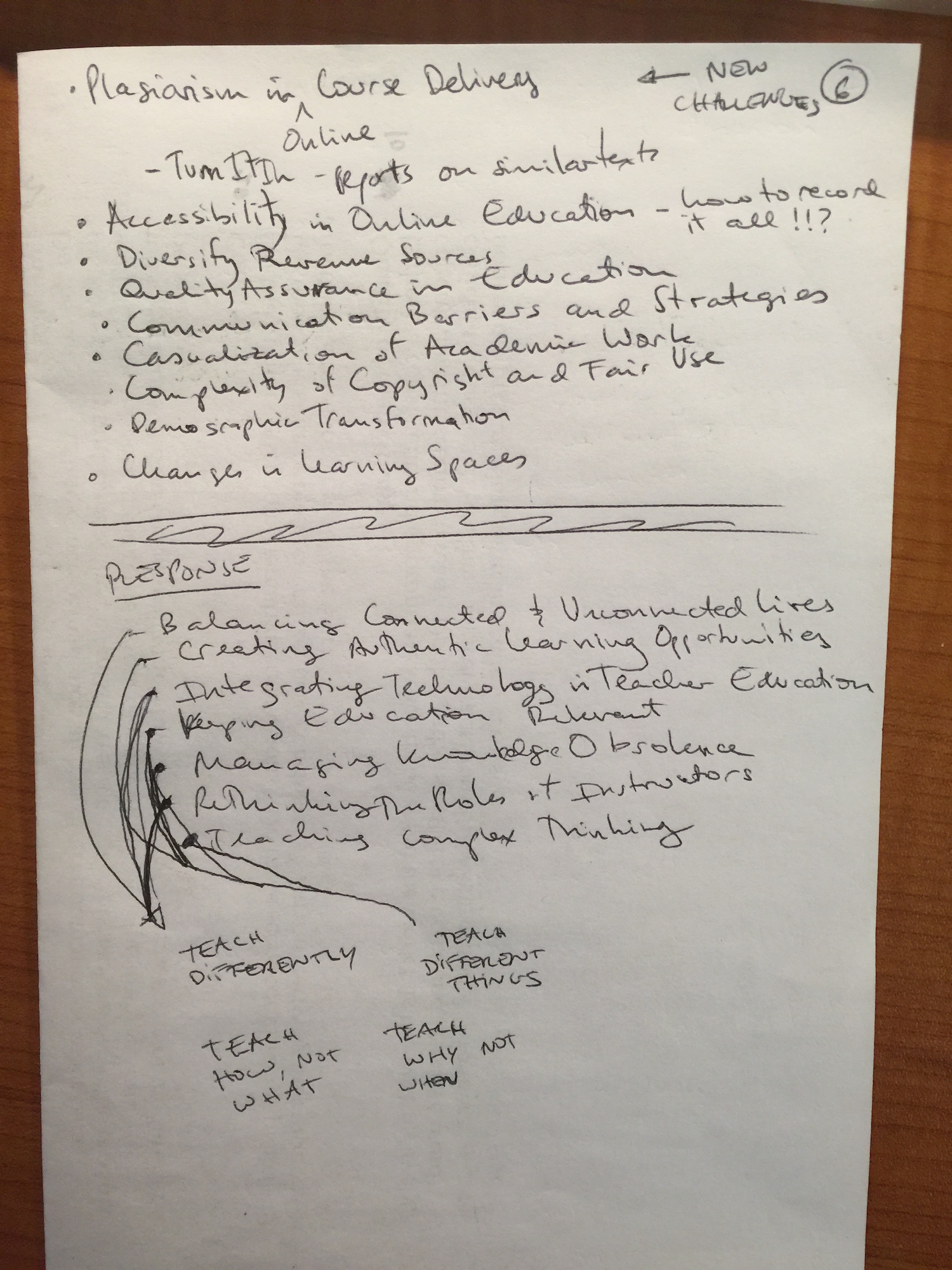Went to the park to do most of the reading for this assignment : )
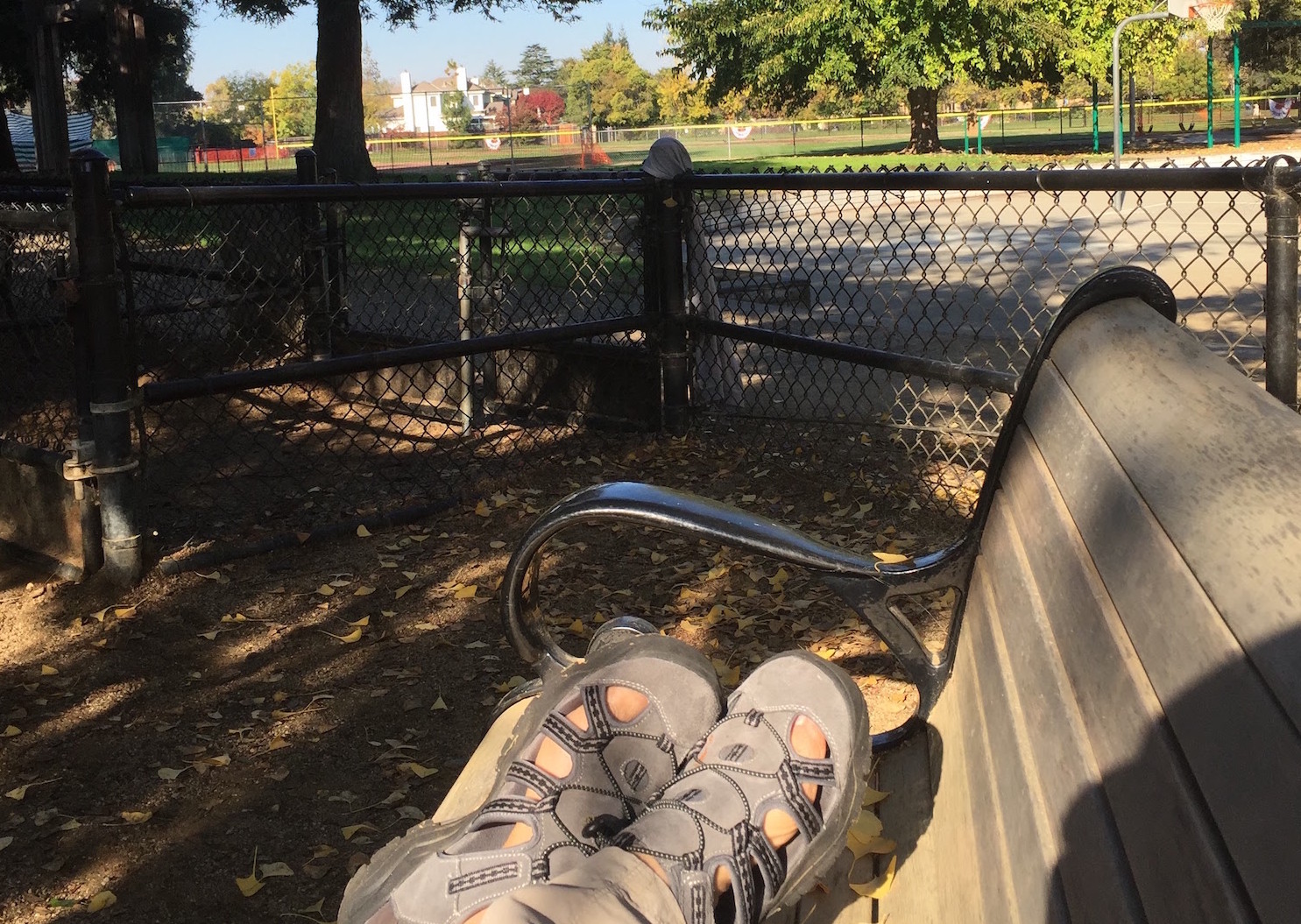
Assignment:
Take a position on a current controversial issue in education. Choose one of the following:
- Flipped Classroom
- Gifted Education
- Standardized Testing
- Teaching Grit
Read these papers:
Reading Notes:




Response:
Position Paper – Flipped Classroom
Lucas Longo – Nov 14, 2015
The Flipped Classroom has become a buzz word which like most, become oversimplifications of a concept and over-promises results. I believe that much of the debate lies around its real effectiveness and its implementations. Obviously some debate arrises from common misconceptions of its definition as well as its focus, in my opinion.
The main oversimplification and misconception is that by simply watching video lectures at home and doing assignments in the classroom would suffice. To ‘flip the classroom’ one must rethink both the content students consume at home and what happens inside the classroom. One must consider the learner’s household context, access to content, and the content itself. Within the classroom, one must understand how to engage learners in scaffolded discussions, activities and other pedagogical moves that are usually not part of the teacher’s repertoire. It’s what you do with the content, be it a lecture in class or on video. If there are no cognitively engaging activities following the content consumption, it will only have an expository impact, failing to stimulate exploratory and meaningful learning. A class like that would look like students are being tested every single day doing their homework silently and individually in class.
The “nothing new” argument also strongly resounds with me. A major change that has to happen “inside the black box” (Black, P. & Wiliam, D.,1998) for the model to work. What does a teacher do if all of the sudden her school is ‘flipped’ when the teaching style was direct? A good starting point would be to understand how to manage this new format of a classroom where the students must participate, interact with each other and get one on one help from the teacher. “To teach, I would need to establish a way for students to work that made it possible for the activities I planned to be educative” (Lampert, M., 2001). A reading assignment and discussion in class model is already a flipped classroom, along with John Dewey’s 20th century ideas of a student centered approach to teaching.
The most positive aspect of the model is that if implemented with care, it encompasses several teaching methods, theories and frameworks at once. More one-on-one teaching leads to a more personalized learning experience making it easier to work on Zones of Proximal Development (Vygotsky, L., 1978). Teachers are now talking with students instead of at students, hopefully making classwork more meaningful than homework. With this increased interactivity with the students, the teacher could also leverage funds of knowledge, differentiate better, move students toward higher levels of Bloom’s Taxonomy and hopefully be able to use formative assessments to improve the class. Not an easy task for a teacher with limited time and resources available.
For the students, this model promises that you can now study at your own pace (which you can do with books as well) and learn more from, or at least engage more with, your peers. It could also mean a greater potential for parental engagement since homework becomes less of an individualized activity. The content is shared and takes advantage of Joint Media Engagement (Takeuchi, L. & Stevens, R., 2011) effects where the interaction of the participants promote enhanced understanding of the content. To this note, there are opportunities to establish norms for the new “homework” where one encourage higher engagement with parents, peers, and friends outside of school to watch these lectures.
In general though, the greatest impact this framework has is on the change mindset it provokes. Even though it is a quasi buzz word, it makes people think. It makes people imagine what they could do differently. I am sure that most who hear the term and/or has little knowledge of it, comes up with interesting variations on what they could do if they ‘flipped’ the traditional model better known to them. This could produce interesting results or at the least change the pace of the classroom. A simple “let us try something new” in one class could spark a revolution.
On the other hand it could be harmful. Students might learn less from the TV than from a human and therefore start falling behind in the course content at an even greater pace. Problems at home such as access to the content itself and non conducive learning environments is one of the Achilles’ tendon of the model. In conjunction with this, EdTech companies want to push for it since it means potential new sales of a ‘magical’ solution for “the problem”.
Teachers might also see this model as much more work. They would have to either film themselves giving a lecture or spend time finding videos for the students to watch at home instead of simply showing up and putting on their regular ‘show’. During class, they would actually have to plan out several activities that might be harder to facilitate, manage, and execute.
For me, the flipped classroom model reduces the repetitive lecturing teachers have to do each time they give a course. It makes sense to record what you want to say, or find videos that might explain concepts better than you can, and have the students watch them. Yet this is simply an artifact that technology now allows us to do. Not much different than a book; just on another medium. You have to know what to do with the content.
It has to be made clear that an integral part of flipping the classroom is flipping the mindset of the teacher and providing them with tools, best practices, suggestions and examples of what to do with these learners to promote peer-learning, engaging discussions, classroom management, conflict resolution, amongst several other strategies and activities. Changing the mindset of the teacher about in-class activities, as well as providing adequate tools and resources, are the most important outcome of this entire debate in my opinion.
“Students tend to prefer in-person lectures to video lectures, but prefer interactive classroom activities over lectures. Anecdotal evidence suggests that student learning is improved for the flipped compared to traditional classroom. However, there is very little work investigating student learning outcomes objectively. We recommend for future work studies investigating of objective learning outcomes using controlled experimental or quasi-experimental designs. We also recommend that researchers carefully consider the theoretical framework used to guide the design of in-class activities.” (Bishop, J. & Verleger, D., 2013)
Reference
- Black, P. & Wiliam, D. (1998). Inside the black box: Raising standards through classroom assessment. Phi Delta Kappan, 80
- Darling-Hammond, L. & Bransford, J. (Eds.). (2005). Preparing teachers for a changing world: What teachers should learn and be able to do. San Francisco: Jossey-Bass.
- Lampert, M. (2003). Teaching problems and the problems of teaching. New Haven: Yale University Press.
- Vygotsky, L. (1978). Interaction Between Learning and Development. From: Mind and Society (pp. 79-91). Cambridge, MA: Harvard University Press
- Takeuchi, L. & Stevens, R. (2011) The New Coviewing: Designing for Learning through Joint Media Engagement. The Joan Ganz Cooney Center at Sesame Workshop and LIFE Center
- Bishop, J. & Verleger, D., (2013) The Flipped Classroom: A Survey of the Research. 2013 ASEE Annual Conference
